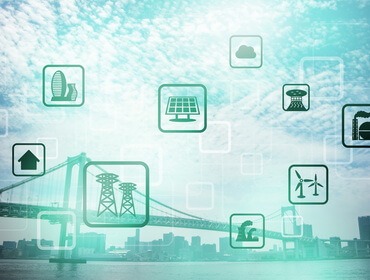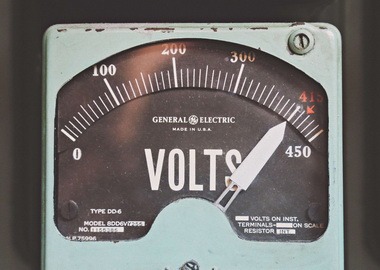IoT Revolution in the Oil and Gas Industry
Oil and gas industry is a tech and asset-heavy sector. Malfunctions, incorrect measurements and even tiny mistakes in this field result in billions of dollars in losses and, sometimes, tragic events like Deepwater Horizon.
Development of IoT for oil and gas industry helps solve different challenges in this field — reduce costly downtime, increase efficiency and safety on the premises and boost performance at every step of production.
Let’s find out about these and many other benefits of IoT in this domain.

Historically, this sector is associated with high turnover, enormous financial returns and great weight in the economy of a given country and the world in general. This description is valid today, however, things aren’t always easy in this industry.
Executives in the oil and gas value chain constantly confront major challenges. For example:
Aging equipment and legacy systems
To make it clear, when we are talking about the equipment in this field, it implies powerful super-machines, huge drills, tankers and complex monitoring systems and that perform crucial calculations to both maintain the performance and keep workers safe. They are rugged, work hard and require continuous monitoring and fast response to wear and other maintenance needs. Today, many wells rely on aging equipment and legacy monitoring systems. Upgrading them requires big money and manpower, though the downtime costs even more.
Contact Digiteum
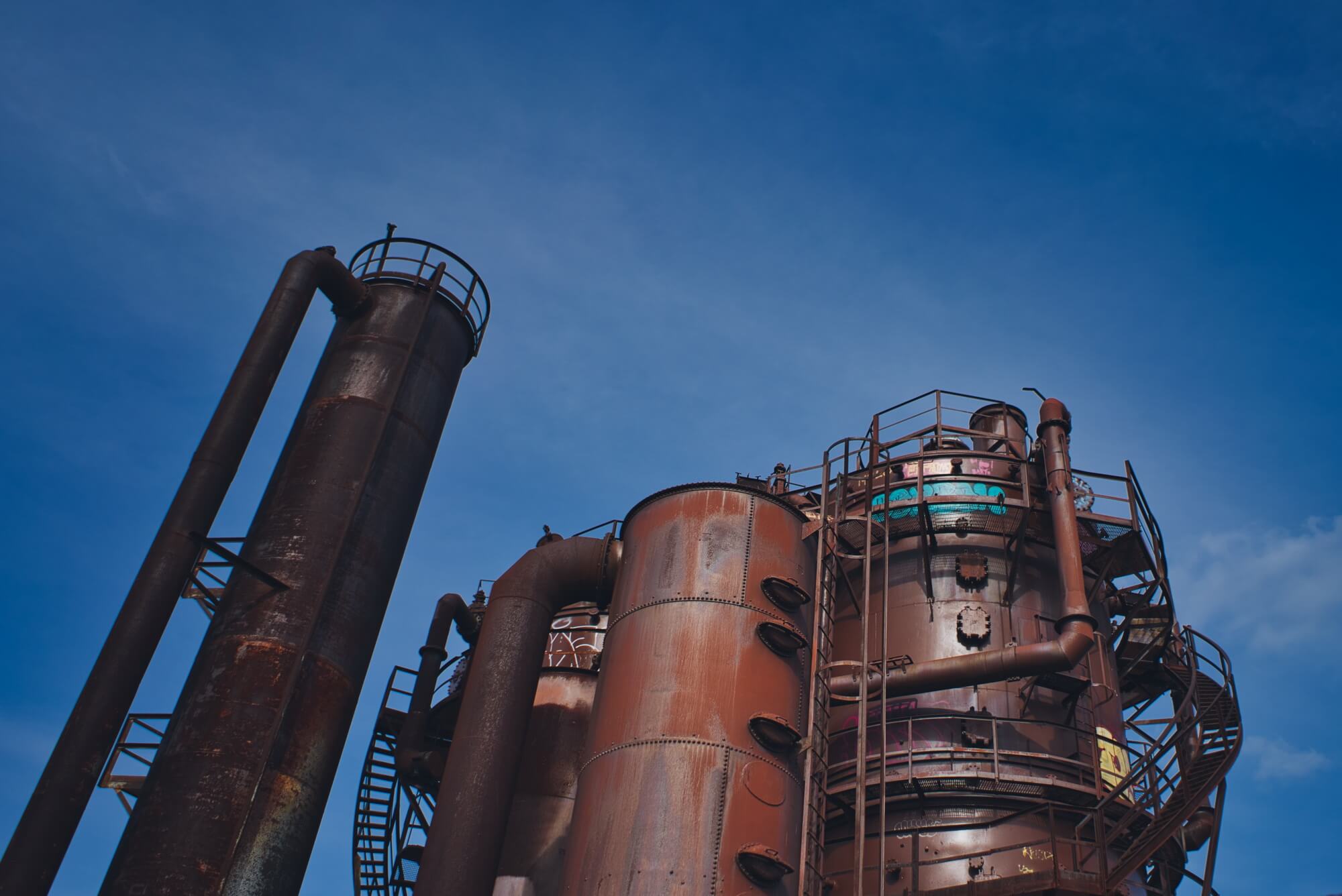
Hazardous environments
Another reason why maintaining wells and other parts of the oil and gas supply chain is challenging is the environment and accessibility. Often, deposits are found in remote offshore areas. Many oil-producing wells are built in the perilous northern seas, gas pipelines go through harsh zones like deserts and tundras. Difficult environment, accessibility and hazardous working conditions make any breakage or leak harder to contain and fix.
This makes the capabilities of Internet of Things in oil and gas industry and use of IoT workplace safety systems particularly important. Later we’ll learn why.

Growing competition and pressing regulations
Despite being the pillar of many economies, the oil and gas industry has been affected by the growing competition within the market and from the thriving green energy sector. Not to mention the growing environmental problems which entail reinforcing regulations and pressing limitations on the carbon emissions and practices coming from the government and global organizations.
The application of IoT and other technologies in the oil and gas industry helps solve these challenges and many others. Here’s how:
Today’s technology has great potential not only to solve the challenges but also to enhance the performance in this field. Using IoT innovation for oil and gas sector is one of the approaches that receives the most attention and investment.
Sensors
Using the network of IoT sensors for oil and gas extraction and processing helps maintain ongoing control in the supply chain and quickly respond to changes. Sensor-based technology can be leveraged to monitor the pressure in the pipes, oversee the drilling process, machinery conditions and detect leakages. In this industry, the high speed of addressing issues usually translates to billions of dollars in savings.
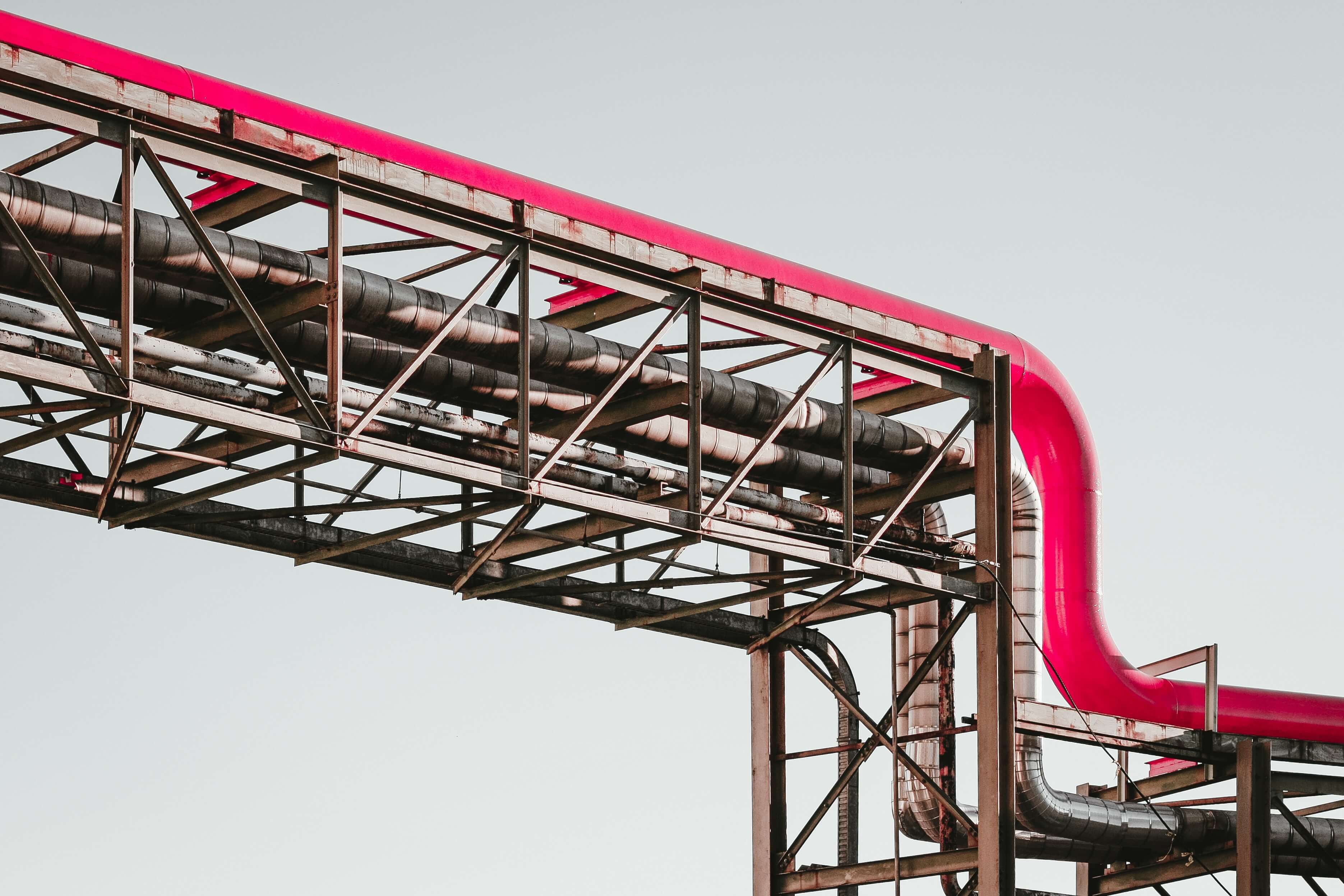
Smart algorithms
Smart algorithms cross-reference and analyze data and events registered and detected by diverse sensors. They create unique insights that help management make important decisions, for example, when exactly to start and stop drilling to avoid issues.
Predictive and preventive maintenance
Smart algorithms can predict when the conditions of expensive equipment change and it requires maintenance, either regular or urgent. It goes without saying that timely on-demand maintenance is more efficient than routine checks and acts as a guarantor of workers’ safety.
Robots and drones
Among IoT devices for oil and gas supply chain, drones and robots play an important role. They enable efficient site exploration, ongoing data gathering and 3D mapping of landfills and can withstand hard conditions regular for drill sites.
Wearables
Wearables already boost efficiency and even save lives in this sector. Sensor-based suits, wristbands, smart glasses and helmets allow to continuously monitor the conditions of the workers which perform dangerous operations, seamlessly connect them with the base and even augment worker’s capabilities providing timely advice, notification or warnings.
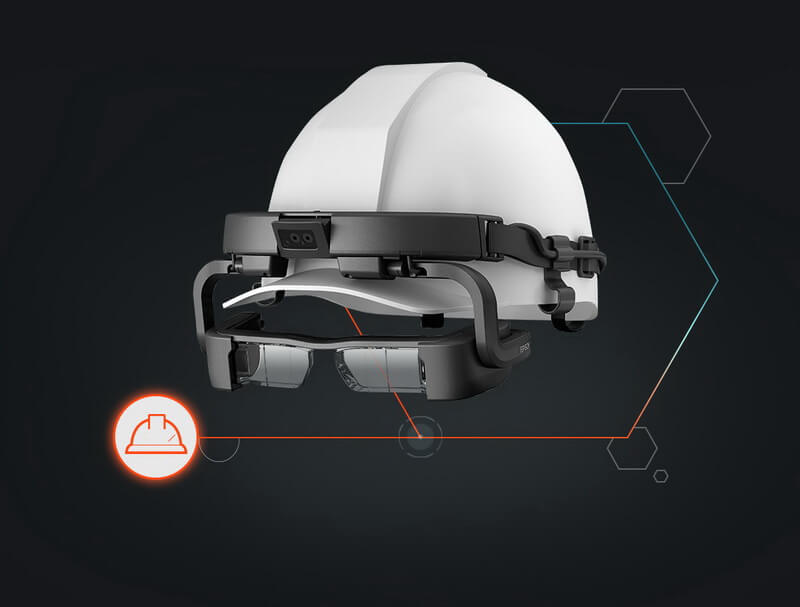
How IoT improves oil and gas monitoring systems
IoT is inherently the first technology to think of when it comes to continuous monitoring and analysis of datum. In this respect, IoT applications in oil and gas industry for system monitoring, management and remote control make a big difference.
First of all, thanks to advancing sensor technology and increasing connectivity options, the management in the oil and gas industry can monitor anything in real-time from the changing sea bed topography, the chemical composition of the crude oil to the integrity of a gas pipeline and tanker fleet positioning. The amplified capabilities of IoT-based monitoring systems can be applied all along the oil and gas supply chain upstream, midstream and downstream.
Secondly, the development of IoT technology brings advanced data analytics and visualization tools to the table. Today, management uses convenient dashboards and can track operations and read measurements on PC or mobile from the comfort of one’s office, so as respond to changes remotely using actuators and controls.

Remote monitoring which spares workers from going on-site and performing routine manual checks are not the only benefits of using IoT for oil and gas production and distribution.
Let’s go through other advantages of IoT in oil and gas industry:
- Enable real-time equipment, fleet and environmental conditions monitoring and provide better transparency and control over processes.
- Allow for timely on-demand equipment maintenance and optimize related cost and effort.
- Ensure better worker safety and transfer risky on-site operations to robots and UAVs.
- Introduce automation, including automated leakage and breakage control.
- Reduce the negative environmental impact associated with oil and gas production and distribution.
- Optimize manpower and cut down on non-productive time and downtime.
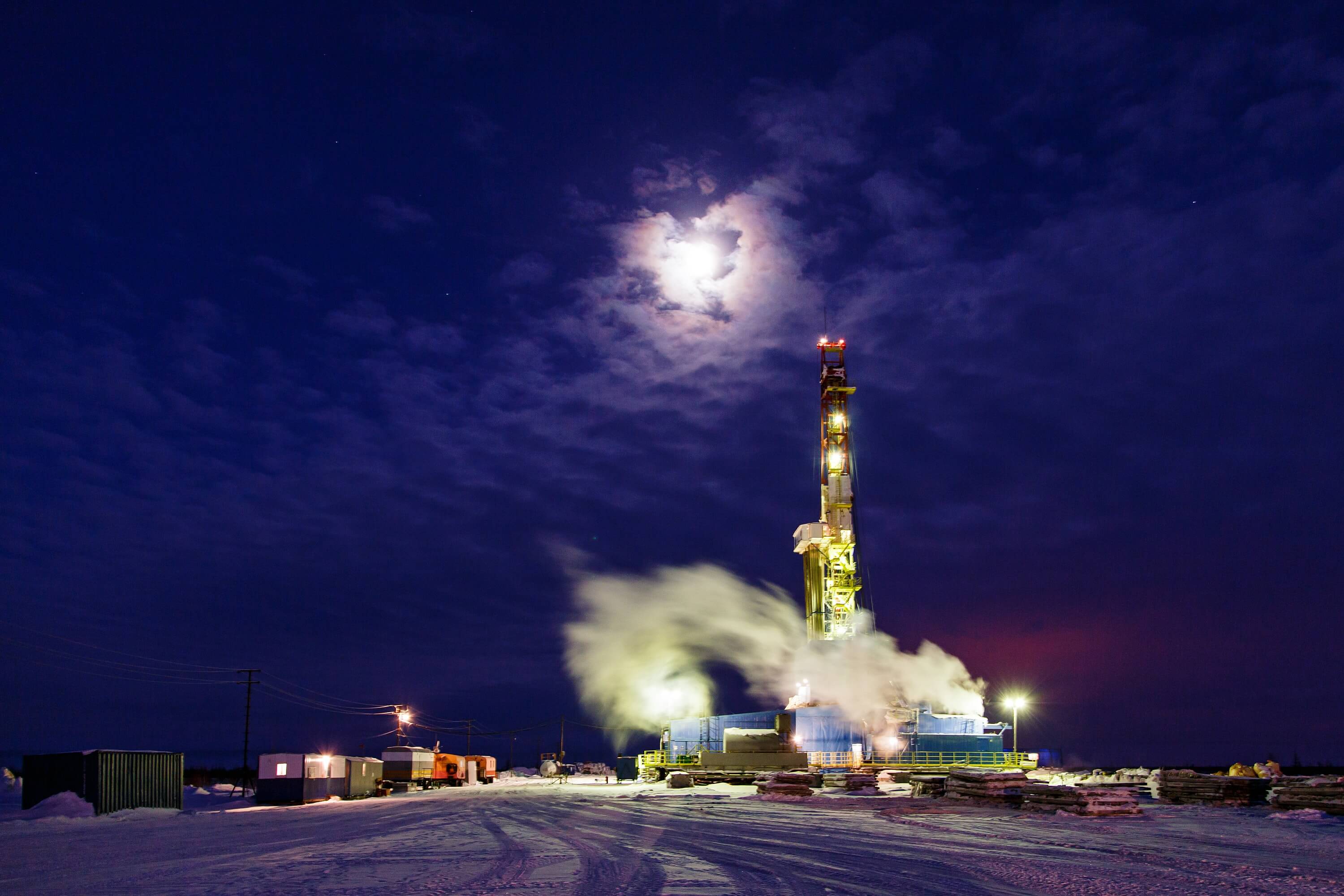
There are many IoT oil and gas use cases and systems that already work at different stages of this supply chain. Here are a few real examples that show the practical use of IoT in oil and gas sector.
Endress+Hauser
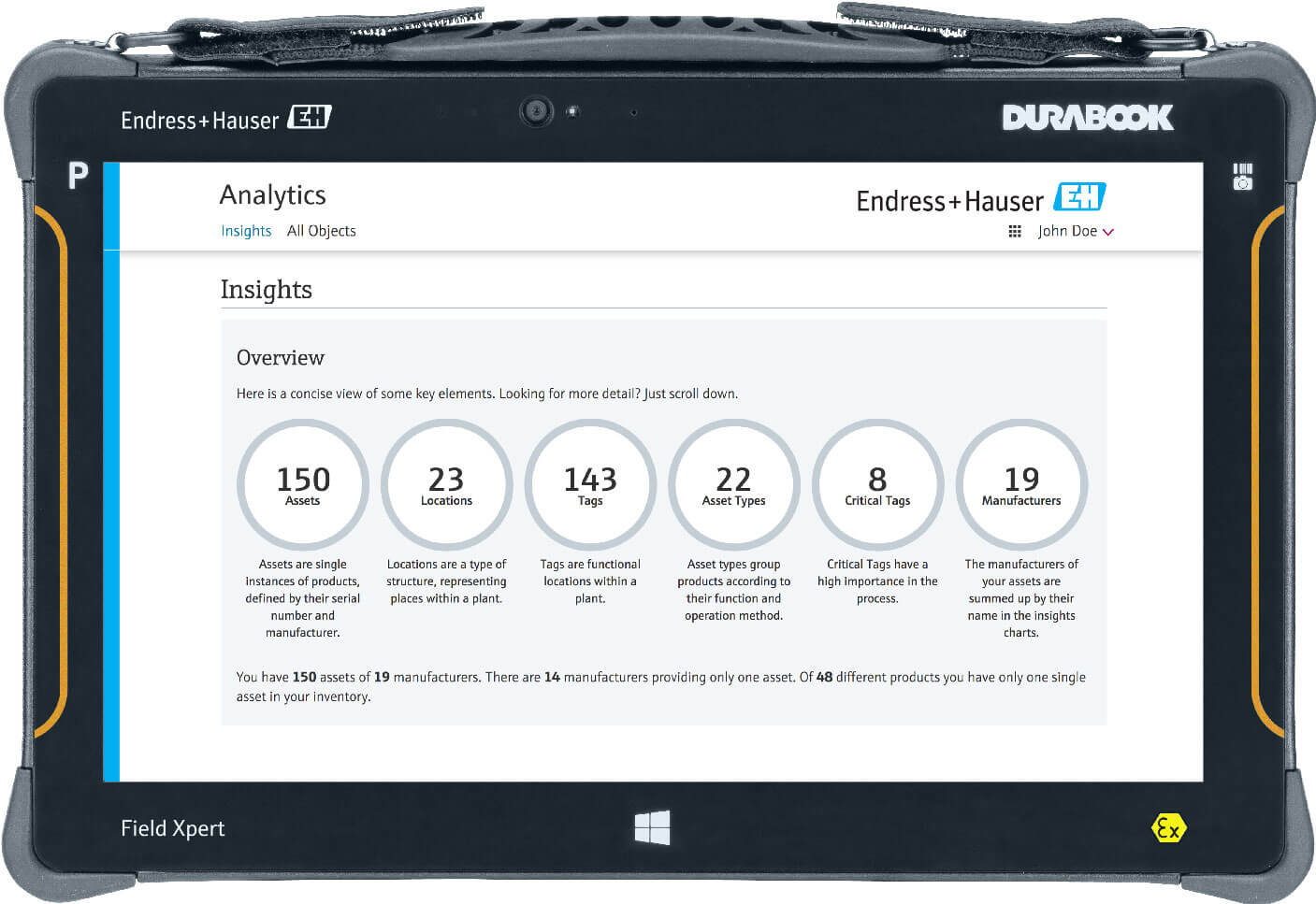
Netilion Analytics. Image credit: Netilion by Endress+Hauser Gourp
Endress+Hauser Group offers a complex of solutions and tools for predictive maintenance, maximization of productivity and improving the security on plants and other parts of oil and gas value chain. IIoT Netilion platform, for instance, provides a whole range of services for asset and facility monitoring, collective knowledge-gathering, analytics and performance measurement.
Telit and Intelligent Sensing Anywhere (now Anova)
Another IoT application in oil and gas industry was developed by Intelligent Sensing Anywhere (now Anova) and Telit to deliver efficient tank telemetry and cover the downstream market. ISA (now Anova) integrated Telit technologies to enhance their products and provide more value to their clients. By equipping fuel and gas tanks with sensor-based telemetry systems, customers get a whole range of tools and services for measurement, monitoring and supervision of tank exploitation.
HPE, partners and Texmark
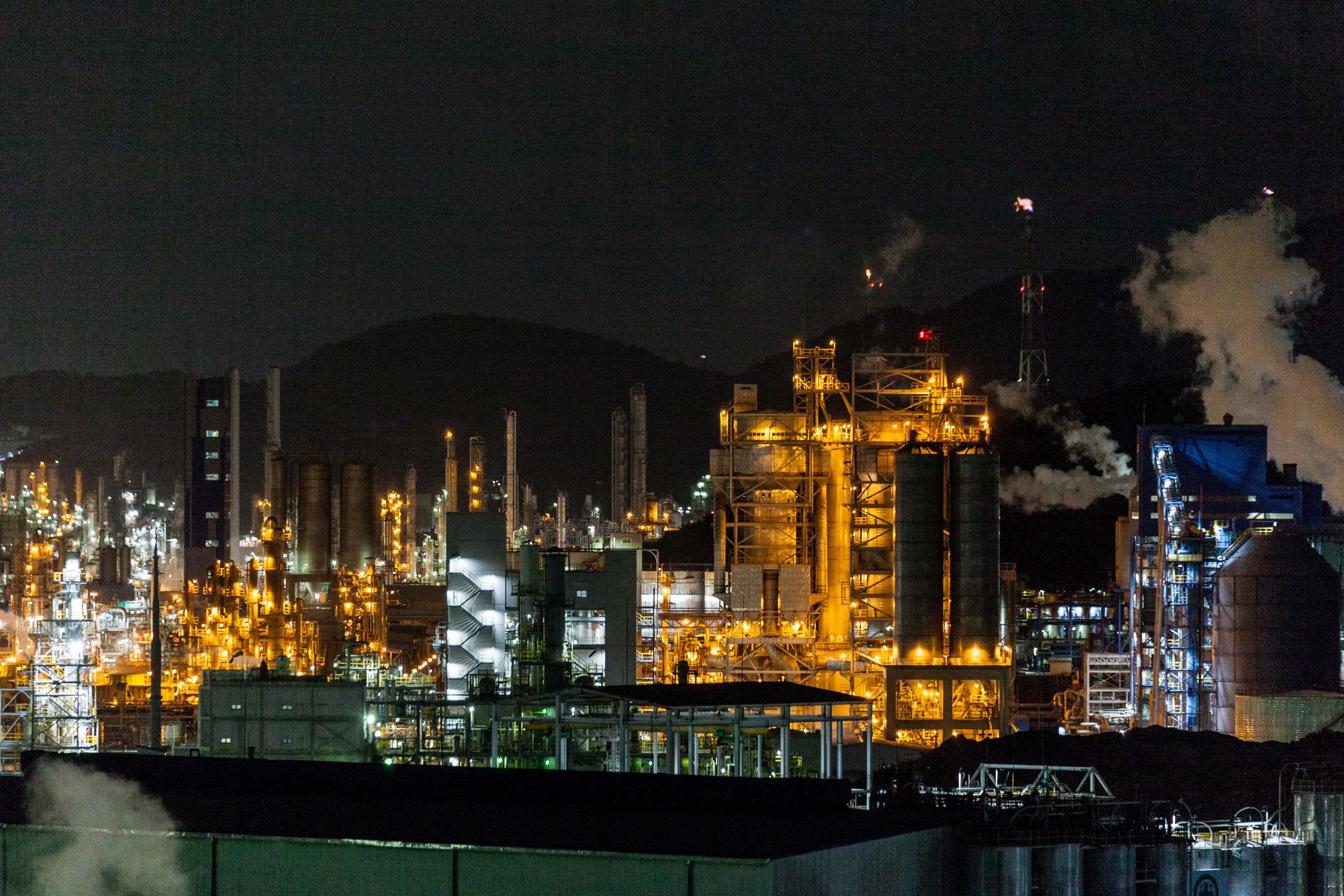
This is an outstanding case that unites the efforts of several technology and infrastructure providers. HPE together with partners helped Texmark build an efficient, resilient, safe and reliable plant of the future. Today this is a complex ecosystem that integrates a range of solutions across IIoT, predictive modeling, edge analytics and AI technologies for automation and data-driven operations.
Many enterprise-level companies, the leaders in the IoT market like IBM, Cisco, Schneider Electric and Microsoft provide custom IoT solutions for the oil and gas industry.
IoT solutions for oil and gas at Digiteum
Do you work in the oil and gas sector? Interested in IoT solutions for oil and gas industry? Or exploring technologies that could help you improve operations and looking for experts who could explain IoT for oil and gas industry and help you find the optimal solution for your case?
Contact Digiteum and learn about big data and industrial IoT development services we offer. We have a rich portfolio and solid experience in the energy industry and are available to jump-start a new software development project. Just drop us a line and tell us about your needs.
Contact Digiteum




